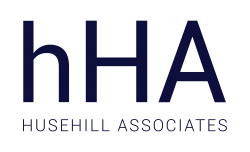
You might well ask, why use a competency approach? What’s wrong with the current way the company does things?
A competency based approach is more appropriate because it is more rigorous and built around the concepts of superior performance and measurability.
Competencies can be defined in a number of ways. One suitable definition is that a competency is “a measurable standard of best performance”.
Competencies are developed and acquired through practice and over time and are assessed by observing behaviour in the work environment and the associated results of various activities. Behaviours in turn are observable and specific actions which are often combined and referred to as tasks.
Competencies can be measured and assessed through the use of a variety of tools, tests and instruments commonly referred to as competency assessments.
Accepting that competencies distinguish superior performance from average or mediocre performance, modern thinking about levels of competence suggests that performance for a specific task can be defined by varying levels of competence. The model that has been developed is based on this perspective.
Each person in a team must be able to define and describe their unique contribution to the team in terms of the role they occupy. Any role can be defined by three separate but related areas known as Key Result Areas (KRAs), Key Tasks and Competencies.
Competencies are those measurable attributes which you bring with you that allow you to carry out the Key Tasks required by the role. Key Tasks or discrete units of observable performance in turn contribute to one or more Key Result Areas, the primary or critical outputs expected of the role. The following diagram explains the linkages between these role components.

A competency based approach will allow us to more effectively:
- Define the required role skills and knowledge competencies to be an effective job holder
- Identify the existing job holder competency levels and the required training needs for the job holder to meet the competency requirements for the role
- Design and develop competency assessment plans and tools
- Design and develop new training material
- Design and develop training programmes and job performance guides for each role that encompass role managerial/leadership and job technical training competencies
- Design and develop induction training for new role holders
- Design and develop refresher training for role holders
- Design and develop training administrative and effectiveness evaluation systems
